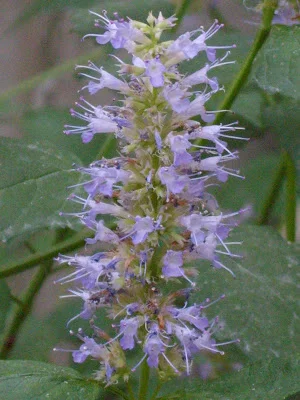…In our planet’s current health climate, it is important to keep a level head and understand what we’re dealing with. While I am completely in favor of people taking care of their own bodies and doing what they can to maintain their health through natural botanical and supportive means (previous medical ethnobotany posts), right now is not a time to be taking health into your own hands. …
Botany After Dark Podcast, Episode 1: The Morning Glory, +BONUS Waffle and Plans
Welcome to the experiments in voice editing and mic use that has been my life for the past week and a half.
In today's episode, we dive into the weird and wonderful world of the morning glory, specifically the Mexican morning glory (tlitliltzin, Ipomoea. tricolor), a vibrant blue and featured in the episode artwork, and the Beach moonflower (Ipomoea. violacea). Join me in discovering the... altered states and effects of this plant.
California Poppies (Eschscholzia californica)
Hail and well met, everyone!
So, I’ve been posting here and uploading largely separate content on my YouTube channel (https://www.youtube.com/Ethnobotanicam). I’m experimenting with still posting on the various platforms I currently use (Youtube, Instagram and the like), but cross-posting here as a method of aggregating all my botanical content into one place. Let me know what you think. Have a fab day, everyone, and happy LGBTQ+ Pride Month.
Kate
Bring in the May
Giant Hyssop (Agastache rugosa)
Purple Giant Hyssop, Wrinkled Giant Hyssop, Korean Mint, Blue Licorice, huò xiāng (藿香), bangsnnip (방아잎), Patchouli herb--whatever regional name is chosen, they all refer to the same plant: Agastache rugosa (Fisch. & C.A.Mey.) Kuntze. For purposes of this post, the two most abundant names I found were (Purple) Giant Hyssop and Korean Mint, hence the top-title billing.




